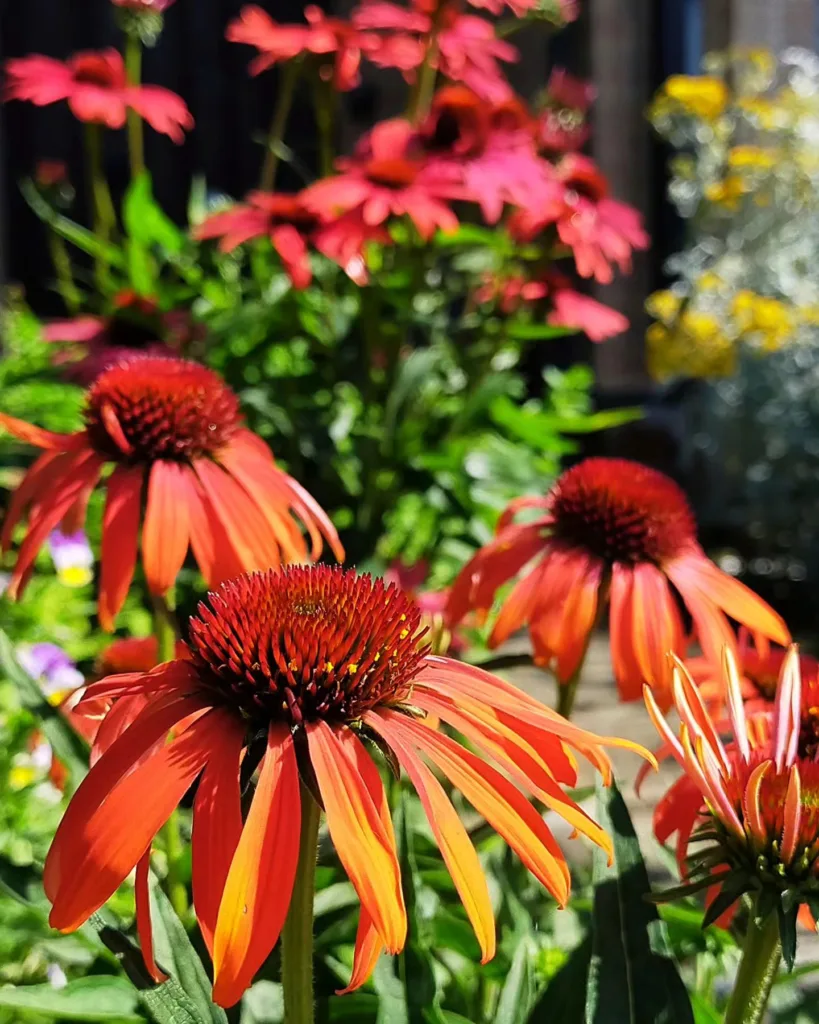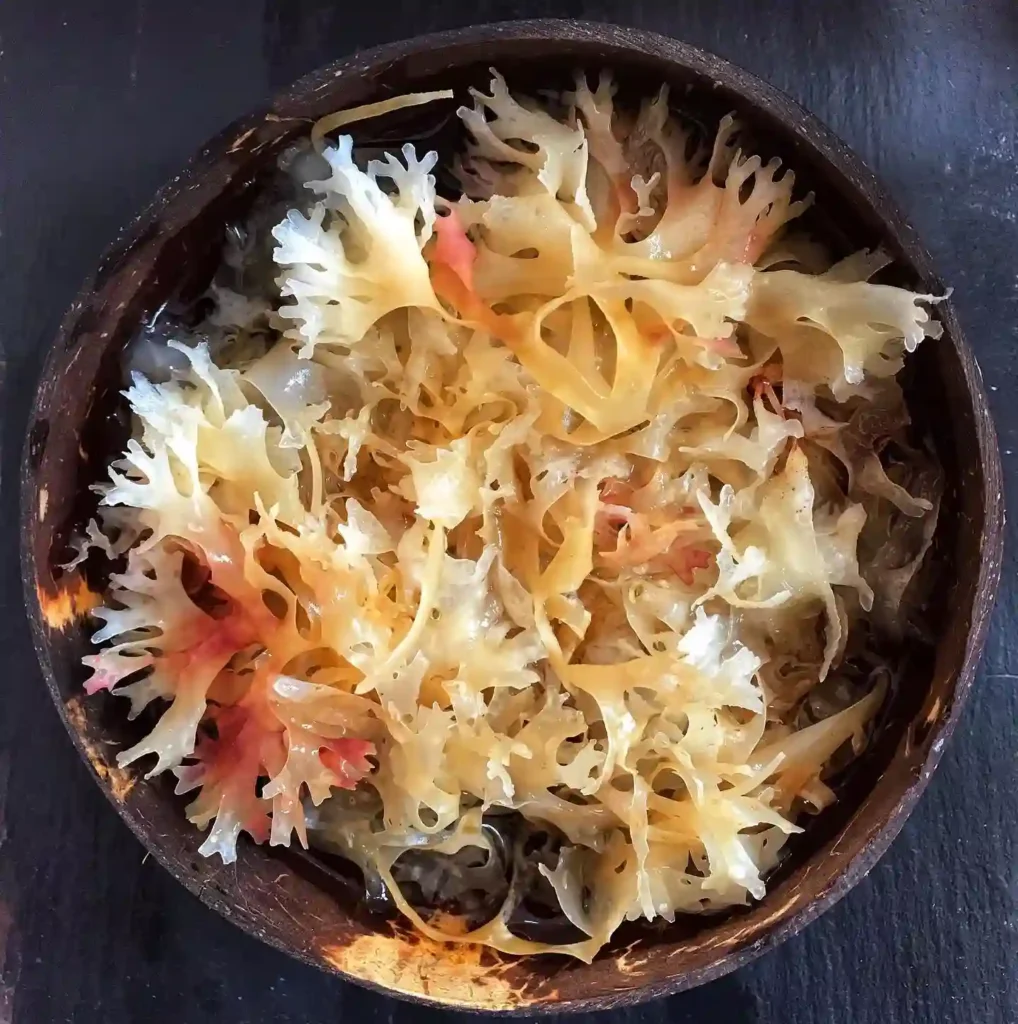
What is Alternanthera Purple Prince?
Alternanthera Purple Prince is a striking annual plant known for its vibrant foliage. The leaves of this plant feature deep purple hues with greenish undertones, making it a stunning addition to any garden or landscape. It belongs to the Amaranthaceae family and thrives in warm climates. This plant is commonly used as ground cover or in borders, and its bold color provides a great contrast to other greenery.
106 Species in Genus Alternanthera
How to Grow Alternanthera Purple Prince?
When growing Alternanthera Purple Prince, you need to start with the right conditions. It prefers full sun to partial shade, though it will show its best colors when exposed to plenty of sunlight. The soil should be well-drained and rich in organic matter. Here’s a step-by-step guide to growing this plant:
- Choose a sunny location – Alternanthera Purple Prince grows best in areas with full sun, though it can tolerate partial shade.
- Prepare the soil – Amend your soil with compost or organic matter to ensure proper drainage. This plant doesn’t like to sit in water.
- Planting – Space the plants about 12-18 inches apart. This gives them room to grow without crowding.
- Watering – Keep the soil consistently moist but not waterlogged. Water regularly, especially during dry periods.
- Mulching – Add a layer of mulch around the plants to help retain moisture and suppress weeds.
- Fertilize – Feed with a balanced fertilizer every few weeks during the growing season to promote healthy growth.
How to Care for Alternanthera Purple Prince?
Caring for Alternanthera Purple Prince is relatively simple. It requires regular watering, especially during hot spells, but it’s not fussy about much else. Ensure the soil is well-drained to prevent root rot, and consider deadheading or trimming the plant to encourage a fuller appearance.
- Watering: Keep the soil consistently moist but avoid overwatering. Too much water can lead to root rot.
- Pruning: Regularly trim the plant to maintain its shape and encourage bushier growth.
- Pests and Diseases: Alternanthera Purple Prince is generally resistant to pests, though it may occasionally be affected by aphids or spider mites. Keep an eye out and treat infestations with insecticidal soap or neem oil if necessary.
How to Propagate Alternanthera Purple Prince?
Propagating Alternanthera Purple Prince is quite easy. You can propagate it through stem cuttings or by seed. Here’s how to propagate using cuttings:
- Cutting – Take a 4-6 inch cutting from a healthy plant, making sure it includes at least a few leaves.
- Remove lower leaves – Strip the leaves from the lower part of the cutting, leaving only a couple at the top.
- Rooting – Place the cutting in a glass of water or a pot with moist soil. If using water, wait until roots appear before planting in the soil.
- Transplant – Once roots are established, plant the cutting in a prepared bed or container.
What to Plant with Alternanthera Purple Prince?
Alternanthera Purple Prince pairs beautifully with other ornamental plants. Consider combining it with contrasting colors and textures, like silver or gold foliage plants. Some excellent companions include:
- Silver Dust (Dusty Miller) – The silver foliage creates a striking contrast with the deep purple of the Alternanthera.
- Marigolds – The bright orange or yellow flowers of marigolds add a cheerful contrast.
- Coleus – Another bold foliage plant, Coleus offers a wide variety of colors that complement Alternanthera Purple Prince.
Can You Grow Alternanthera Purple Prince Indoors?
Yes, you can grow Alternanthera Purple Prince indoors as a houseplant, though it may require more attention than when grown outdoors. Ensure it gets plenty of light, ideally by placing it near a sunny window. Water regularly, but be mindful of overwatering since indoor environments can lead to soggy soil. A good potting mix that drains well is essential.
Is Alternanthera Purple Prince Toxic?
Alternanthera Purple Prince is considered non-toxic to humans and pets, making it a safe choice for households with children or animals. However, it’s always a good idea to monitor pets to prevent them from chewing on plants.
What Are the Benefits of Alternanthera Purple Prince?
- Aesthetic appeal: The deep purple foliage of Alternanthera Purple Prince adds a dramatic and vibrant touch to any garden or landscape.
- Low maintenance: It requires minimal care once established, making it ideal for gardeners looking for an easy-care plant.
- Versatile usage: Alternanthera Purple Prince can be used in various settings, including borders, ground cover, containers, or hanging baskets.
Common Problems with Alternanthera Purple Prince
While this plant is generally easy to care for, it can occasionally face issues:
- Overwatering: Root rot can occur if the soil remains too wet for too long. Ensure the plant is in well-drained soil.
- Leaf discoloration: This may happen due to too much shade or insufficient nutrients. Move the plant to a sunnier spot or fertilize it to restore color.
- Pests: Though rare, aphids and spider mites may affect the plant. Regular inspections and appropriate treatment can prevent infestations.
How Does Alternanthera Purple Prince Compare to Similar Plants?
Alternanthera Purple Prince is often confused with other species in the Alternanthera genus. Compared to Alternanthera Red Threads, Purple Prince has broader leaves and a more vibrant purple hue. Alternanthera Ficoidea, another similar plant, has more delicate leaves and a less intense color. Each variation offers a unique texture and aesthetic, but Purple Prince is favored for its bold foliage and easy maintenance.
In conclusion, Alternanthera Purple Prince is a beautiful, easy-to-care-for plant that brings a pop of color to any garden. Whether you’re looking to add it to your landscape, use it as a ground cover, or even grow it indoors, it’s a versatile and rewarding plant to grow.
If i die, water my plants!



